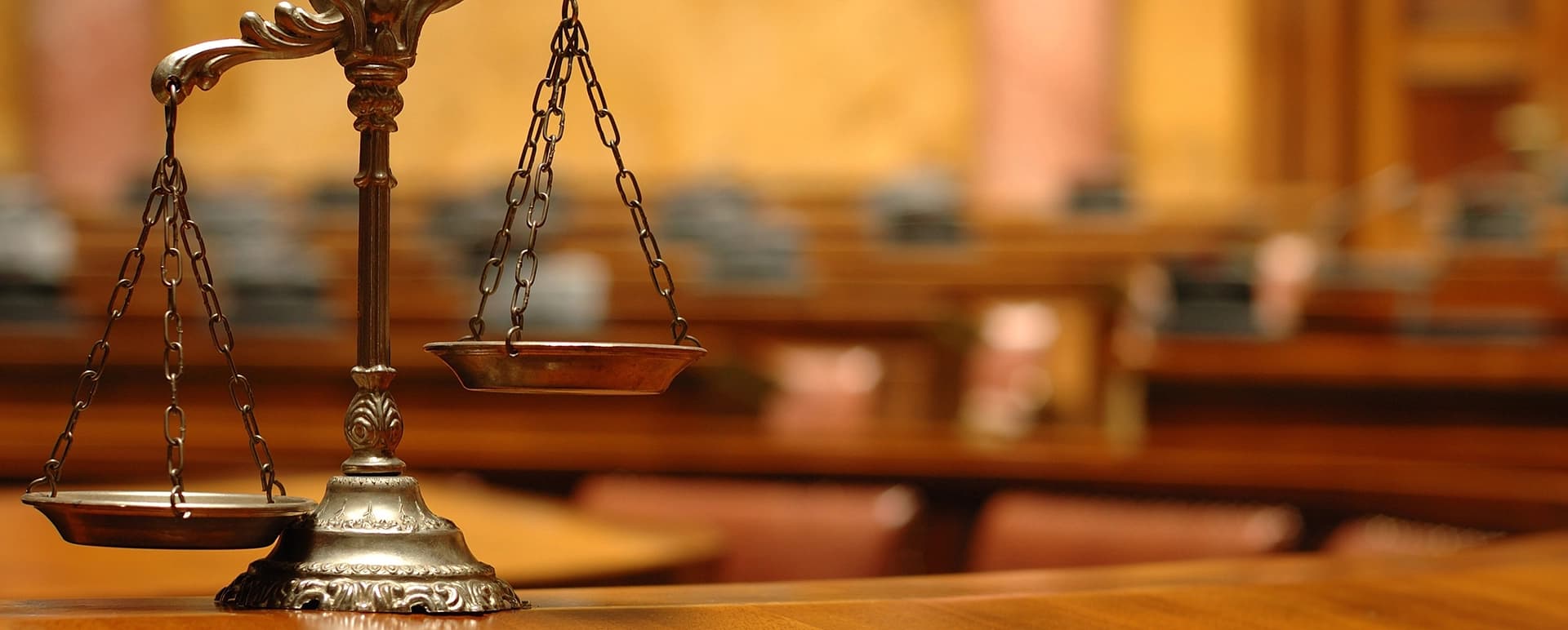Trial Presentation Reliable Services to Enhance Litigation and Case Success
Understanding Test Presentation: Tips for Engaging and Persuasive Court Methods
In the realm of test discussion, the ability to involve and persuade is vital. An effective courtroom strategy rests on recognizing the target market, crafting a compelling story, and using effective visual aids. Moreover, the subtleties of body movement and the importance of method can not be forgotten. Each of these elements plays a critical duty in shaping the jurors' assumptions and decisions. The difficulty lies in seamlessly incorporating them into a natural presentation. What methods can truly boost a test presentation from regular to outstanding?
Understanding Your Target Market
To efficiently understand trial presentation, it is important to understand your target market. Recognizing their demographics, histories, and prospective prejudices can help tailor your discussion to resonate with them properly.

A recognition of the court's choices and court room rules is similarly vital, as it can impact the circulation of your discussion. Judges might prioritize brevity and clarity, so providing your case in an uncomplicated manner can enhance your credibility. Additionally, identifying the opposing guidance's techniques can aid in preparing counterarguments that properly resolve their points.
Eventually, comprehending your target market allows you to engage them better, fostering link and persuasion throughout the test (trial presentation). By leveraging insights concerning their inspirations and assumptions, you can develop an engaging discussion that reverberates and eventually influences the result of the instance. This fundamental expertise is crucial for any kind of attorney aiming to accomplish success in the courtroom
Crafting an Engaging Narrative
A well-crafted story works as the foundation of an effective test discussion, leading the target market through the complexities of the case. This narrative needs to be structured to engage jurors psychologically and intellectually, making the facts relatable and easy to understand. By weaving with each other the elements of the instance-- such as the timeline, vital events, and pivotal testaments-- lawyers can produce a meaningful story that resonates with jurors.
To attain this, it is vital to determine the central motifs that will drive the story. Attorneys need to concentrate on the inspirations and objectives of the celebrations entailed, showing the human aspects of the instance (trial presentation). This strategy not just maintains juror rate of interest however likewise fosters empathy, leading them to link personally with the narrative
Each section of the narrative need to develop toward an engaging climax, finishing in a persuasive final thought that reinforces the instance's core message. Eventually, a solid narrative not just clears up the problems at hand however also creates a lasting perception that can affect the outcome of the trial.
Utilizing Visual Aids Efficiently
Exactly how can aesthetic help improve the performance of a trial discussion? Aesthetic aids work as powerful devices that can dramatically enhance juror understanding and retention of complex information - trial presentation. When utilized thoughtfully, they can clarify bottom lines, illustrate connections, and highlight essential proof that sustains the case story
Reliable aesthetic help include charts, graphs, timelines, and photos, which can simplify intricate information and provide context. A timeline can succinctly communicate the series of occasions, while a try this out chart can highlight statistical information in a visually interesting way. The calculated use of multimedia presentations can also improve involvement and maintain juror passion throughout the trial.
In addition, visual help can aid to stimulate emotional responses, strengthening the human aspects of a case. By providing photographs or video clips relevant to the instance, attorneys can create a much more engaging and relatable narrative. It is essential to ensure that visual help are expertly developed and not overly complex, as this can lead to complication instead than clarity.
Involving Body Language Strategies
Visual help are not the only devices that can boost the efficiency of a trial discussion; involving body language techniques also play a vital role in recording juror interest and conveying confidence. A presenter's nonverbal cues can significantly influence page jurors' perceptions and reactions, making it important to master these strategies.

Furthermore, differing your vocal tone and pace can improve your storytelling, making it more engaging. Stopping purposefully permits jurors to take in critical details and signals the significance of what you are saying. Relocating actively within the courtroom can assist reinforce your factors, supplied it does not distract from your message.
Including these body movement methods will not only enhance your courtroom presence but also promote an even more persuasive connection with jurors, inevitably adding to the success of your trial discussion.
Exercising for Influence
Efficient trial presentations pivot not just on the content but likewise on the distribution, making method vital for next page influence. The significance of wedding rehearsal can not be overstated; it allows attorneys to fine-tune their disagreements and establish a powerful visibility in the courtroom. Taking part in intentional method aids attorneys to determine their staminas and weaknesses, enabling them to change their pacing, tone, and body movement appropriately.
To practice for impact, replicate test problems as carefully as possible. This consists of utilizing aesthetic aids, practicing in front of coworkers, and obtaining useful responses.

Conclusion
Understanding test presentation entails a diverse technique that integrates audience understanding, narrative advancement, aesthetic help, and body language. These elements work synergistically to produce an influential courtroom experience. By efficiently engaging jurors via clear narration and impactful visuals, and by employing certain body movement, trial supporters can significantly boost their debates. Rigorous practice in simulated settings additionally strengthens these strategies, making sure that each presentation reverberates and leaves a long lasting impression on the court.